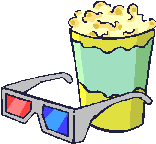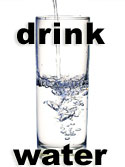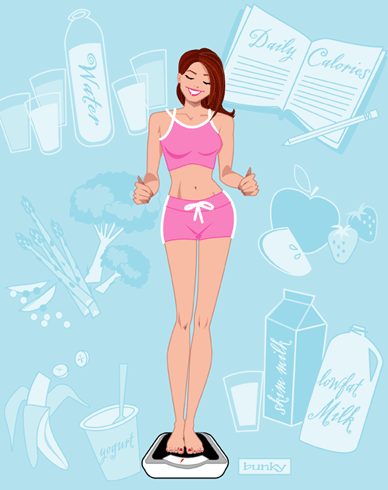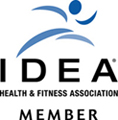 Sway Back Posture
Sway Back PostureThe Sway Back body type may have as many challenges as the Kyphosis Lordosis person. Avoiding redundancy, I won't be detailing areas that are similar to the previous K.L. post. You might want to review the homework sections in that post for more information. You will notice the head is forward in both. The thoracic spine has increased flexion. And there is often hyperextention of the knees. Notice they have a posterior tilt. And as I will mention later, they are much more flexible.
While looking these over, see if you can spot the differences in the postures. Too, look for the following Sway Back challenges:
- Head is forward. Most have a slight extended cervical spine.
- Thoracic spine has some increased flexion/ long kyphosis.
- Displacement of upper trunk posteriorly.
- Lumbar/lower back is flexed or can be described as flattened.
- Posteriorly tiled pelvis which can give the appearance of a flat tush!
- Hyperextension in the knee joints.
- Ankle joints may have plantar flexion, but in some cases may be neutral due to the anterior deviation of the pelvis and thighs.
HOMEWORK: As with the Kyphois-Lordosis posture, have someone take a picture of your profile, making sure you don't "correct" your stance. Note the position of your head and neck, upper back-thoracic, lower back-lumbar, pelvis, knees, and ankles are. How does your body line up or not? Do you see any of the above postures that resemble your body? Have someone you trust take a look and give you some input. Please know that I'm not advocating doing this all on your own. Nothing beats a professional touch. I'll be addressing that in a later post.
Pilates 4 Swaying
In the slightly extended cervical spine and head forward? Awareness. Simply noting and showing your client what it feels like to place their head on top of their body makes all the difference in the world. I like to use cues as well. That's not to exclude the importance of specific exercises.
Opening up the chest and bringing the shoulders back and down are similar to the Kyphosis posture. Again there are many Pilates moves that are conducive to retraining those faulty muscle movements.
Their lumbar is given attention by creating exercises that provides extension.
Their posterior tilt is redirected! Again awareness is a key. We can begin to self-correct by simple awareness. As an instructor sometimes just helping them see where their pelvis is makes a huge difference as well as tactically correcting it, if allowed. I say allowed as some people are not comfortable with being touched. And when I say touched, of course I mean appropriately! I've found that most people welcome the help. For me, the tactile helped me "get the feeling" of what my body needed to be doing in space to be healthy.
Hyperextension of the knees are addressed similarly as with the K.L. person. Review that section in the previous post as well.
Homework: Until you can find someone to help you whether it be a chiroprator or a Pilates insturctor, try self-correcting your posture. Make yourself aware of where you are in space while you are sitting still and or moving. Think. And think some more! Remember Pilates is intelligent exercise. Review my post on The 5 Basic Principles of Alignment (Feb. 21). And then for simple recall view the list on the sidebar.
Once again, the Pilates exercises we use are performed on the mat as well as the equipment. Hopefully, your Pilates instructor will tailor your routine. If not, request it or find a different Pilates professional who will accommodate. Believe me, a true Pilates trainer will be willing to more than meet your personal needs.
NOTE: In photo above from left to right:
A. Ideal Alignment, B. Kyphosis-Lordosis, C. Flat-Back, D. Sway-Back
NEXT: The Flat Back and Military postures. Part Six in the Body Awareness/Adjustment Series





 Enjoy
Enjoy











